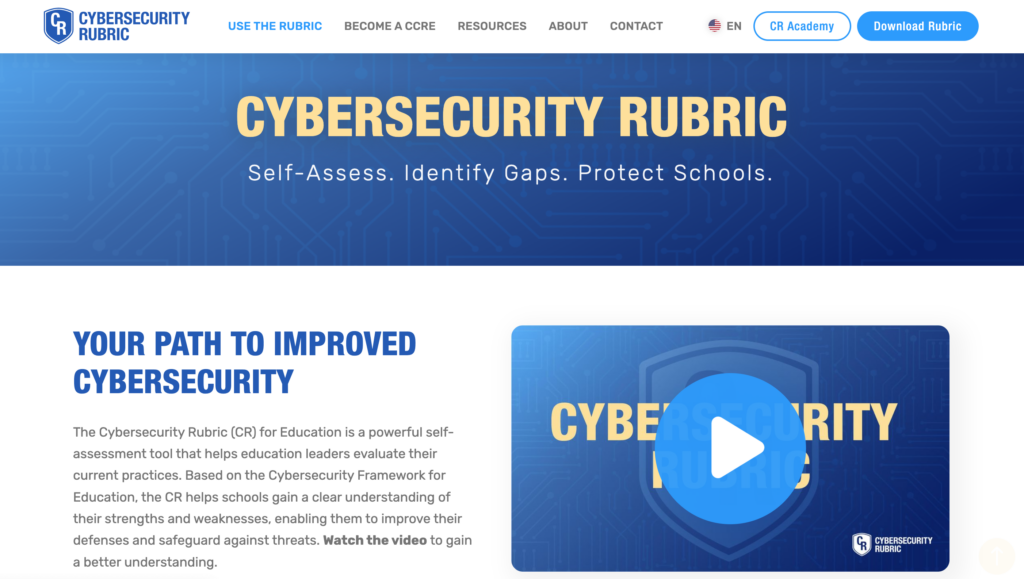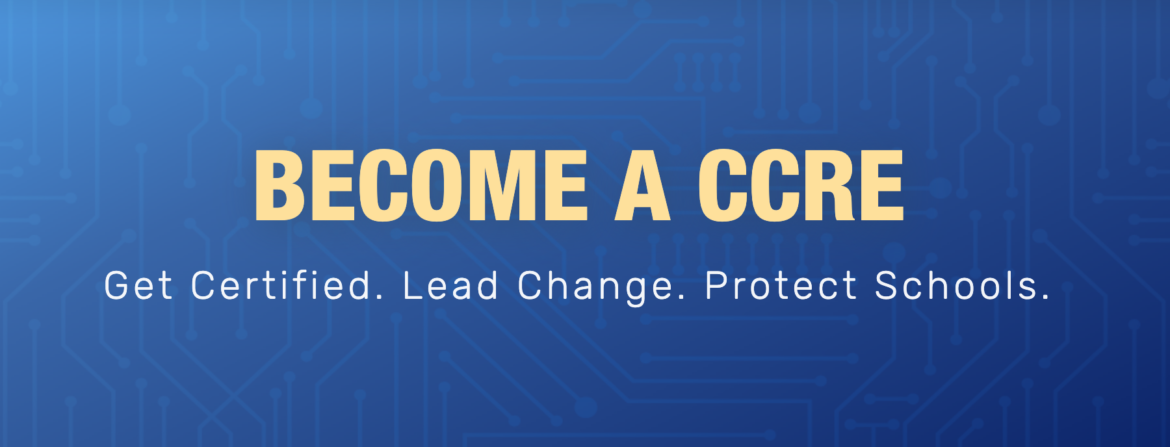Whether technology teams and administrators are ready or not, cyberattacks on schools are on the rise at an alarming rate. These attacks not only compromise the integrity of sensitive student data but can also disrupt learning, taking crucial instructional time away from educators, and putting pressure on school leaders to better protect their students. What can we do to boost cybersecurity in our schools?
Cybersecurity Solutions in Education
Unfortunately, existing cybersecurity standards and supports are complex, costly, and not designed for education. But what if there was an easier way education leaders could evaluate their current cybersecurity practices? Luckily, there is cybersecurity support designed for education!
To help schools become more cyber-secure, the Cybersecurity Coalition for Education—a coalition of trusted education associations and organizations ClassLink, ENA by Zayo, and Security Studio—has developed a new three-tiered approach to cybersecurity.
Pioneering a groundbreaking education-focused approach to measuring and improving cybersecurity readiness, the coalition has created the Cybersecurity Rubric (CR) for Education, as well as free training and a professional certification to guide schools to improved cybersecurity.
What is the Cybersecurity Rubric (CR) for Education?

The Cybersecurity Rubric (CR) for Education is a free, powerful self-assessment tool that helps education leaders evaluate their current cybersecurity practices. Based on the Cybersecurity Framework for Education—a unique framework informed by NIST and other relevant cybersecurity and privacy standards—the CR helps schools gain a clear understanding of their strengths and weaknesses, enabling them to improve their defenses and safeguard against threats.
What does the Cybersecurity Rubric for Education offer?
The CR takes the guesswork out of cybersecurity, helping schools self-assess, identify gaps, and, most importantly, protect valuable data. With the CR you’ll . . .
1. Know Where You Stand with Cybersecurity
The CR is based on a Maturity Model—a roadmap for organizations to assess and continuously improve their level of proficiency in a particular area. You evaluate your school’s cybersecurity practices and determine where they fall on a scale of 1 to 5, ranging from reactive to proactive.
2. Use a Tool Built for Education
Written in easy-to-understand language, the CR is based on education interpretations of cybersecurity standards. The rubric provides key guidance on what to look for when evaluating how well your school meets the standards.
3. Create a Plan for Continuous Improvement
When you finish your assessment, you gain a complete picture of where your school stands with cybersecurity preparedness. Strengths and weaknesses are clear, and you know where you need to invest to improve.
Become a Certified Cybersecurity Rubric Evaluator (CCRE)
Improving cybersecurity in schools is a big challenge, and one of the biggest obstacles is the cost of hiring cybersecurity experts. That’s why the Cybersecurity Coalition for Education created another solution besides the CR: an online training program designed to help schools cultivate their own cybersecurity professionals.
Take your Cybersecurity Rubric training further! After learning how to self-assess your school’s cybersecurity practices, take our certification exam to become a Certified Cybersecurity Rubric Evaluator (CCRE) and provide third-party evaluations to school systems. As a CCRE you’ll gain a valuable professional designation, elevate your personal brand, and be able to charge a fee to evaluate the cybersecurity practices of other schools.
Together with the Cybersecurity Rubric for Education, education leaders certified as CCREs are leading the charge in protecting schools and creating a future where all schools are cyber-ready.

